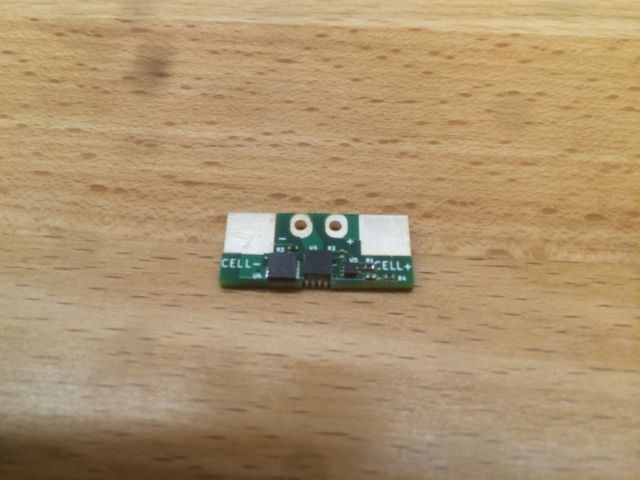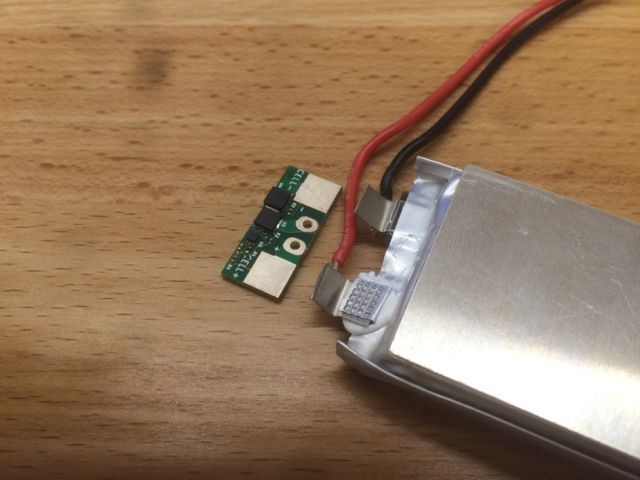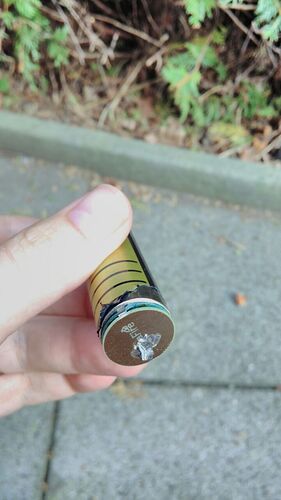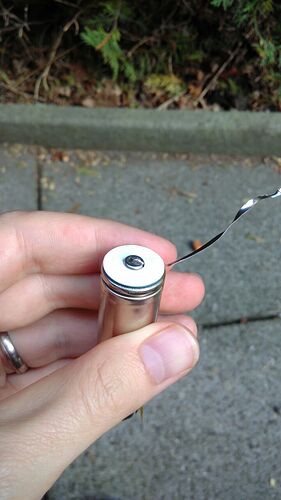The issue of lipo battery protection came up at the water temp sensor meeting yesterday, so I thought I’d share a bit of what I know about this.
Lithium polymer and lithium ion batteries are sensitive to both under and over charging, and can catch fire or explode if overheated or short circuited. So most LiPo batteries are sold with integrated protection circuits.
(Sorry about the quality of the pictures 
Adafruit battery with protection circuit under Kapton tape:

Another Adafruit LiPo with protection circuit exposed:
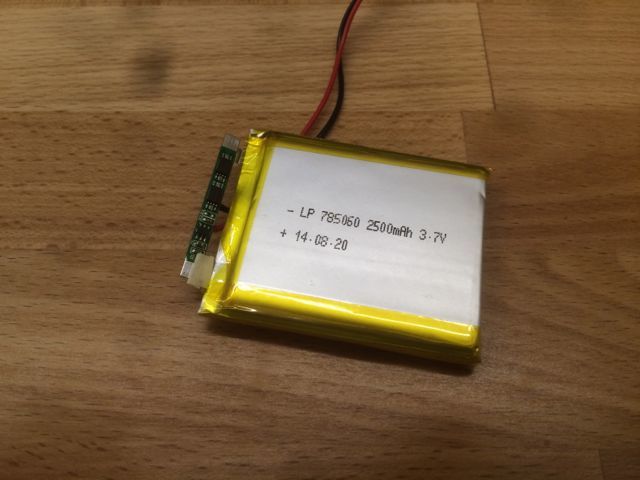
Protection circuit:

A number of manufacturers provide parts to make these circuits. All schematics I’ve ever seen are basically the same (this below is from the TI bq2970 datasheet). This circuit will protect against overcharge, over-discharge (undercharge), overcurrent (both charging and discharging) and short circuit. In all cases the control chip turns off one or both of the FETs, thereby disconnecting the battery cell ground from the battery pack ground.

An important thing to be aware of is that batteries for radio controlled devices usually DO NOT have a protection circuit. Not only is it hard to detect and manage overcurrent with batteries that are designed for ultra-high charge and discharge rate (sometimes up to 160C!), it doesn’t make much sense to protect a battery by turning it off if that battery is keeping your airplane in the air 
Typical RC battery:

No protection circuit!
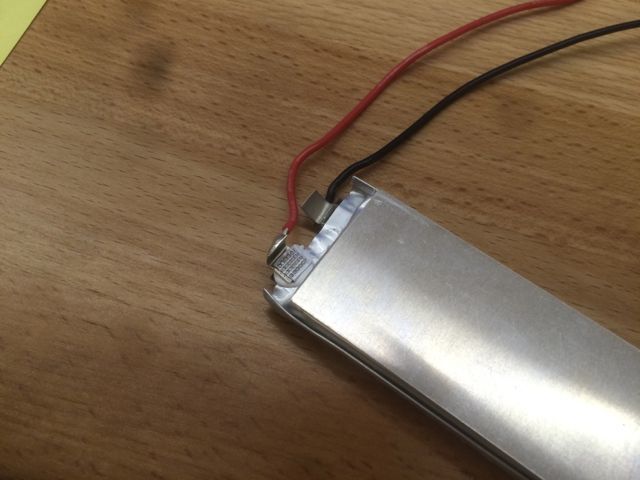
Here is a PCB I designed to provide a protection circuit for this battery (haven’t gotten around to mounting it yet):
